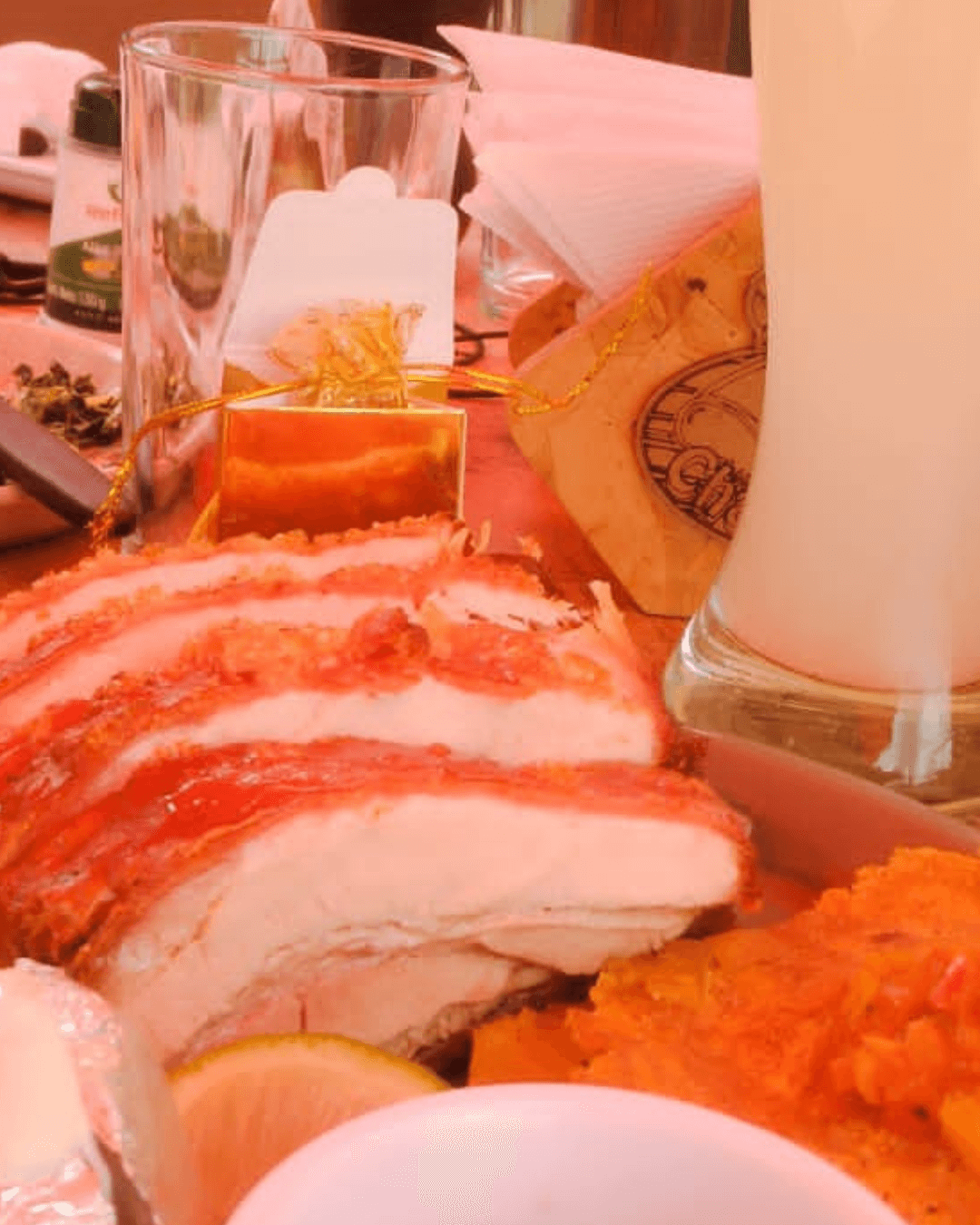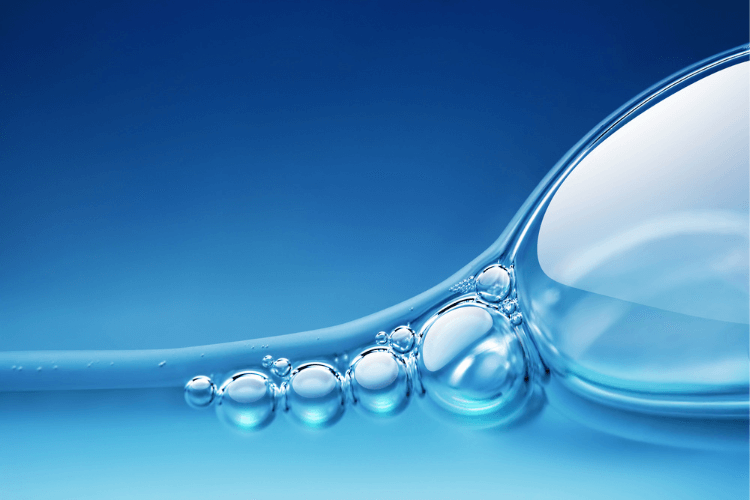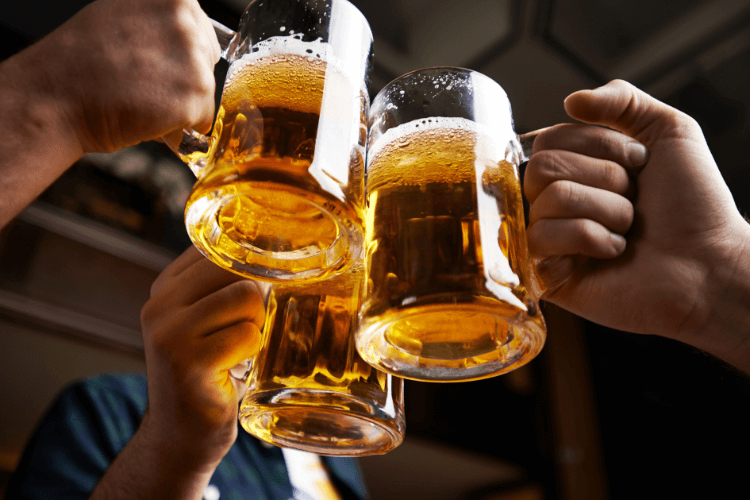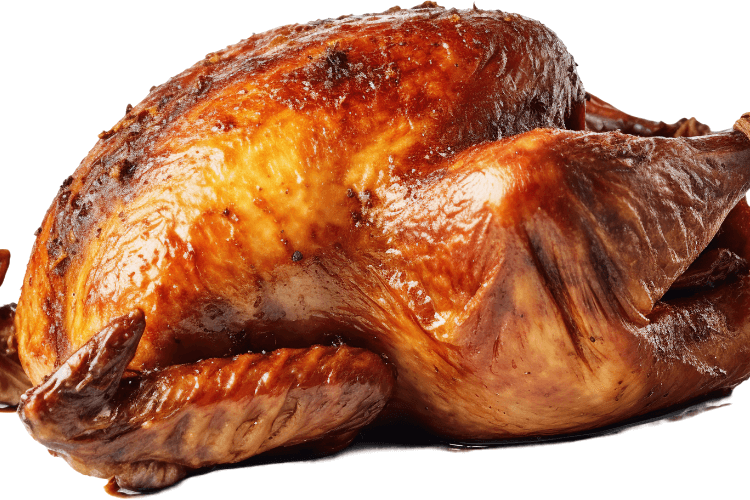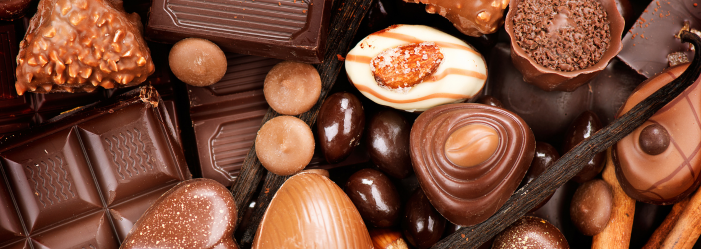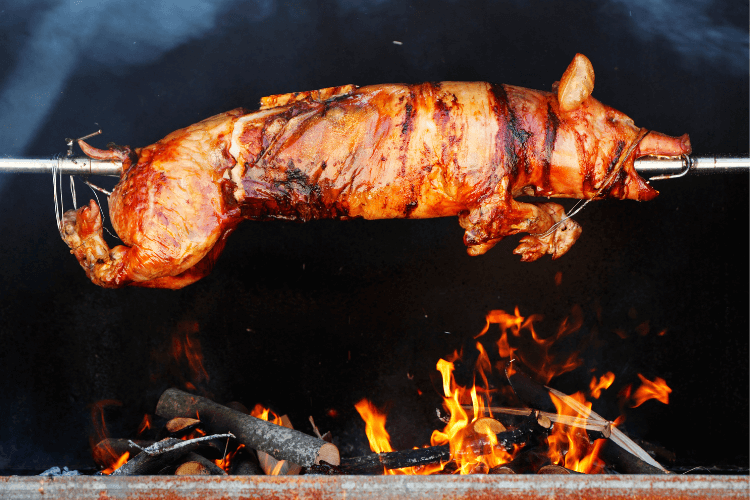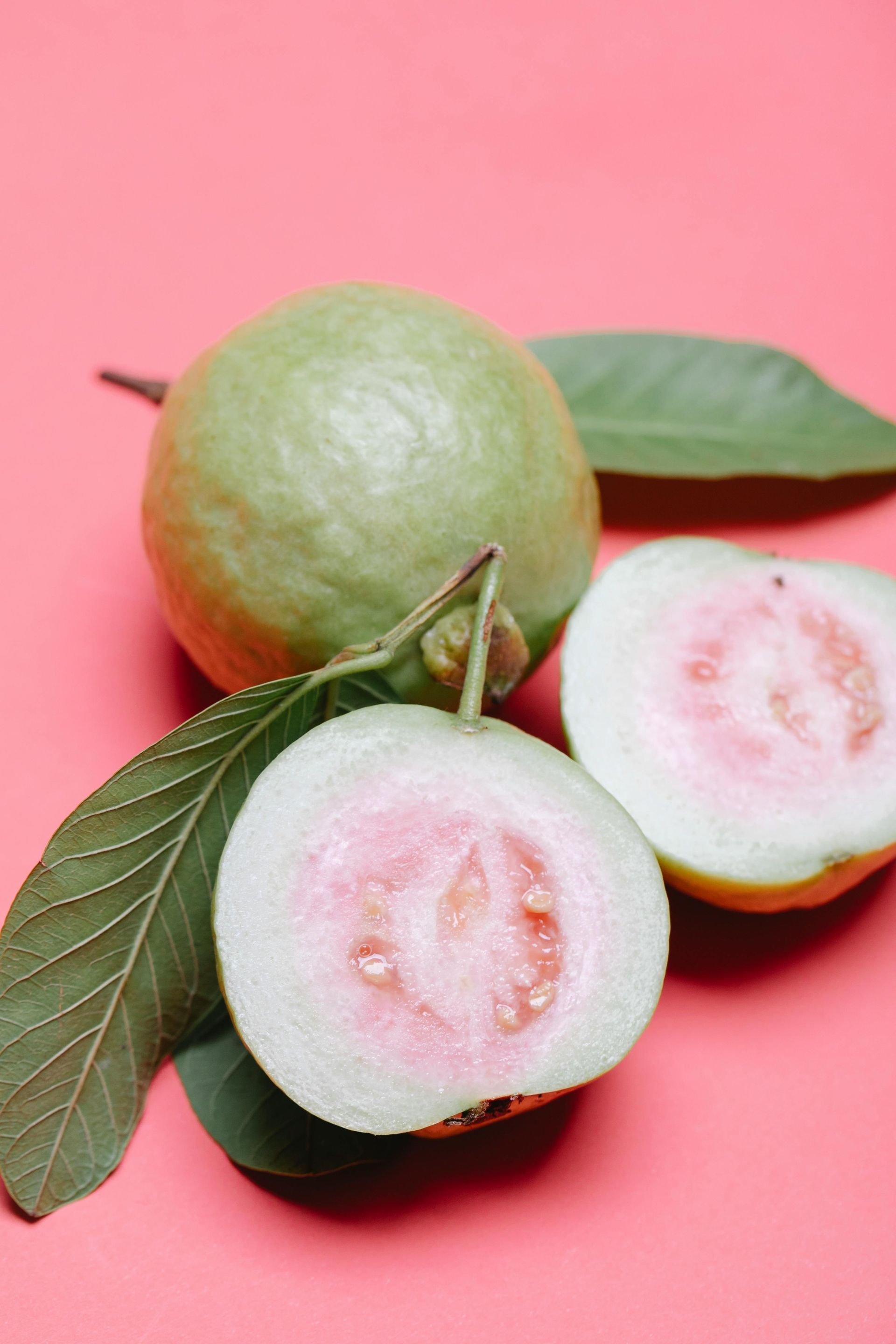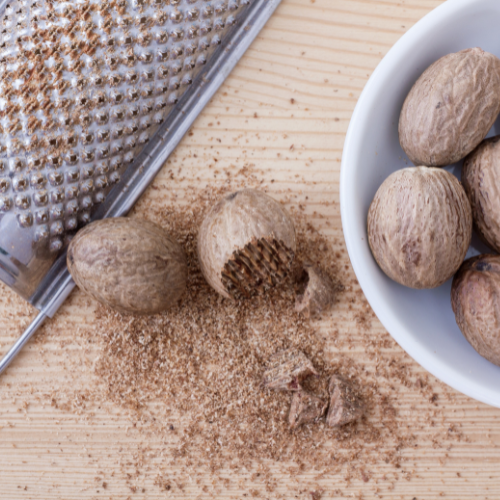Oxygen, Sport, and Life: How Breathing Defines Your Limits (and How to Overcome Them)
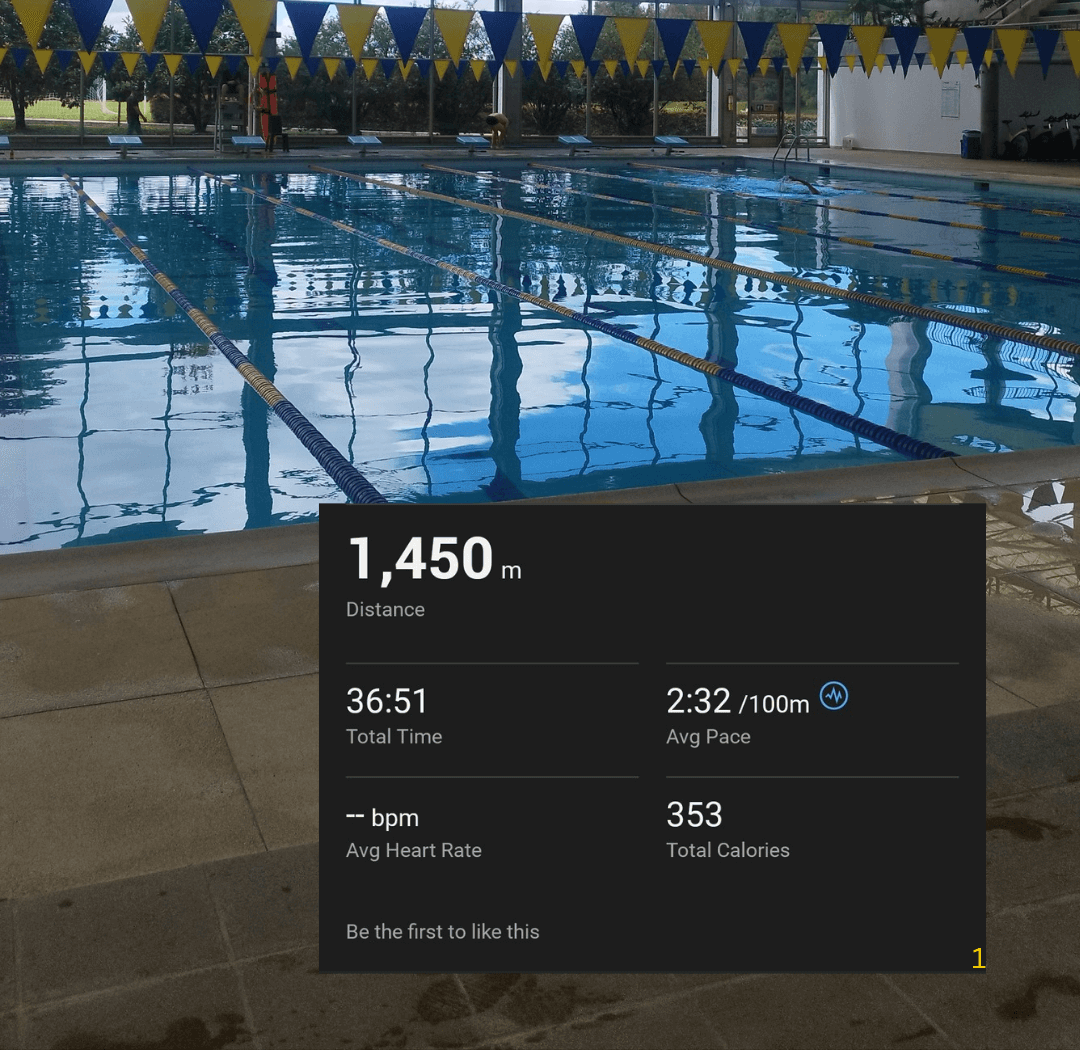
The proposed topic to kick off another season of Science and Cooking is to talk about oxygen. I can’t think of a better way to approach it than through two activities I’ve recently been intensifying. One of them is swimming. And, of course, when I swim, I do it without much technique. It’s more of an intuitive style, but thanks to consistency, I’ve managed to swim for about 50 minutes without stopping.
My way of training is quite rough and, perhaps, a bit mediocre, I’d say. I don’t have a personal trainer to record me and point out my mistakes so I can correct them. I just swim, swim, and swim. I love the relaxation I feel in the water. I swim intuitively, and I think that’s why I might risk plateauing at 1600 meters in 40 minutes. That is, staying at that constant line, neither moving forward nor backward. But when I have a trainer by my side, I might lose interest quickly. I don’t like feeling like I’m completing tasks; I simply enjoy what I do. That doesn’t mean I don’t watch the occasional YouTube or Facebook video to figure out where I’m messing up constantly.
Although I don’t have a trainer or a professional guiding me, I do tend to measure my times and my position in the water to see if I can improve or worsen my marks. However, even though I don’t know much about swimming styles, I do know something I can share: sometimes, I fail to synchronize my breathing. And when that happens, I get exhausted very quickly. If I don’t correct it in time, I couldn’t last even 10 minutes swimming non-stop. Something strange happens when my breathing is out of sync with my movements in the water, creating a certain stress that makes me tire rapidly.
What is that strange thing? It turns out that oxygen, which by the way was born on our planet as a gift from plants, has the ability to react within our cells in a beautiful and complex process called cellular respiration. This process oxidizes our food, usually glucose, to obtain the energy needed for our vital functions. But for that to happen, for that oxygen to reach our cells, it must pass through a great system that can take it from the air, bring it into our bodies, and then carry it to the blood. All of that happens through breathing. And when you breathe poorly, a certain neural connection signals that something is wrong.
So, possibly, that’s the reason for the stress I feel when I don’t breathe well in the water. And perhaps that’s the starting point for improving many of the anxieties and tensions of daily life: simply, a proper breathing process, something widely used in yoga.
On the other hand, there’s the bike. Here, it’s not the same as with swimming, as I usually breathe however I can. That is, on a small climb, I can measure with my Garmin watch how my pulse starts to rise. My pulse indicates the speed at which my heart pumps blood. If we think about oxygen, after passing through the respiratory system, it goes into the blood as a way to reach every cell. It’s a gift that blood carries to each of our cells. So, with a higher demand for energy, which is what usually happens during a climb, my body knows: it needs to increase the flow, that is, pump blood faster and more effectively, so that every cell in my muscles has enough for the climb.
And don’t get me wrong, because I haven’t yet experienced the big climbs of professional cyclists. Surely, they, who train properly, must have not only a more efficient respiratory system but also cells with more mitochondria, where that process of cellular respiration happens to produce energy. In simpler terms, humans are creatures of habit. So, if you challenge your body appropriately, it will likely respond as it should. And we could have so many great athletes in different disciplines.
For me, it’s simply another motivating hobby. Here, my motivation is being able to see the incredible landscapes or fields that appear with every pedal stroke. And, in any case, exercise, whatever it is, makes me feel
high. Some neurotransmitters are released when I exercise, putting me in a different state. It motivates me, moves my life after the workout, not to mention that it makes me more productive in all aspects of my life.
But, incredibly, everything I do in my daily life makes me think about the marvelous oxygen, which has evolved with us through an evolutionary strategy created by photosynthetic organisms, including plants, over millions and millions of years. A topic that will be explored in the podcast, with more intensity and more learning. See you there.
